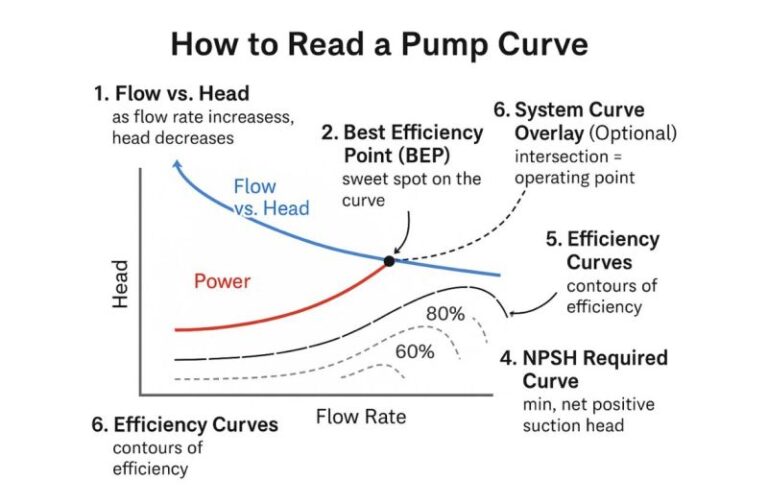Understanding the 8 Pin Relay: A Comprehensive Guide
Relays are essential components in electrical and electronic circuits, acting as switches that control the flow of electricity. Among various types of relays, the 8 pin relay is particularly versatile and widely used. This blog post aims to provide a detailed understanding of the 8 pin relay, its structure, functionality, and applications.
What is an 8 Pin Relay?
An 8 pin relay is a type of electromagnetic switch that consists of eight pins arranged in a specific configuration. These pins serve different functions, such as connecting to the coil, the common contact, the normally open (NO) contact, and the normally closed (NC) contact. The relay operates by using a small electrical current to control a larger current, making it an efficient and reliable switching mechanism.
Structure of an 8 Pin Relay
The 8 pin relay typically includes the following components:
- Coil Pins (2 pins): These pins are connected to the coil, which generates a magnetic field when current flows through it.
- Common Pins (2 pins): These pins serve as the common connection point for the relay’s switching mechanism.
- Normally Open (NO) Pins (2 pins): These pins are connected to the load when the relay is activated.
- Normally Closed (NC) Pins (2 pins): These pins are connected to the load when the relay is in its default state (not activated).
How Does an 8 Pin Relay Work?
The operation of an 8 pin relay can be broken down into the following steps:
- Activation: When a current passes through the coil pins, a magnetic field is generated.
- Magnetic Attraction: The magnetic field attracts the relay’s armature, causing it to move.
- Switching: The movement of the armature changes the position of the common contact, either connecting it to the normally open (NO) contact or the normally closed (NC) contact.
- Deactivation: When the current stops flowing through the coil, the magnetic field dissipates, and the armature returns to its default position.
Applications of 8 Pin Relays
8 pin relays are used in a wide range of applications due to their reliability and versatility. Some common applications include:
- Automotive Industry: Used in car lighting systems, alarms, and starter circuits.
- Home Appliances: Found in washing machines, refrigerators, and air conditioners.
- Industrial Automation: Employed in control panels, conveyor systems, and robotic arms.
- Telecommunication: Used in switching systems and signal routing.
Advantages of Using 8 Pin Relays
- Isolation: Provides electrical isolation between the control circuit and the load.
- Versatility: Can be used in various applications and configurations.
- Durability: Known for their long lifespan and reliable performance.
- Cost-Effective: Relatively inexpensive compared to other switching devices.
Conclusion
The 8 pin relay is a crucial component in modern electrical and electronic systems. Its ability to control large currents with a small input, combined with its reliability and versatility, makes it an indispensable tool in various industries. Whether you’re working on automotive projects, home appliances, or industrial automation, understanding how an 8 pin relay works can greatly enhance your ability to design and troubleshoot circuits effectively.
